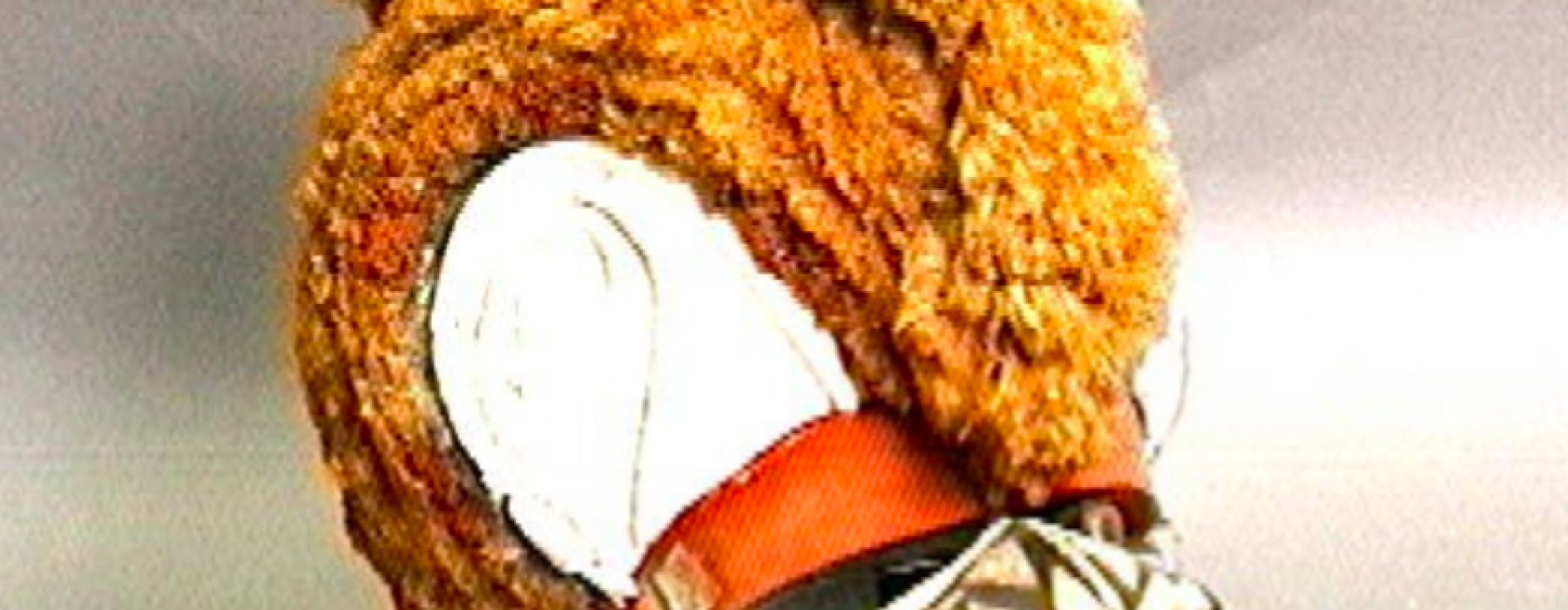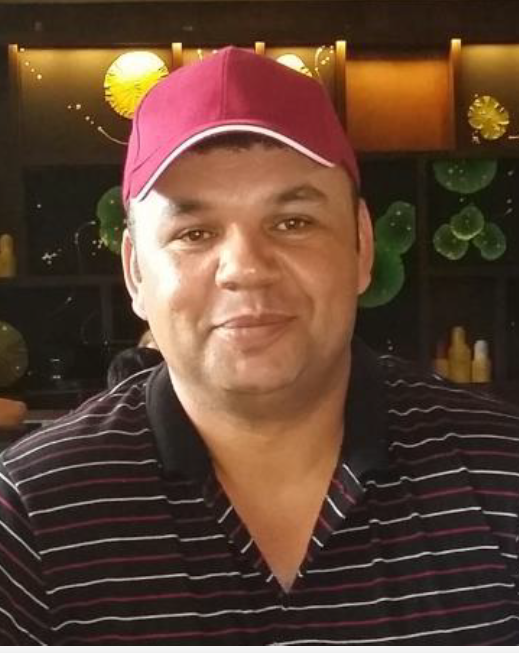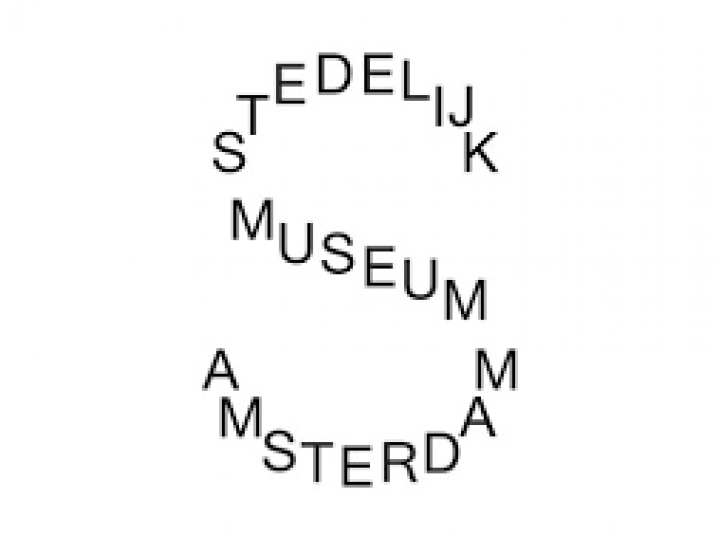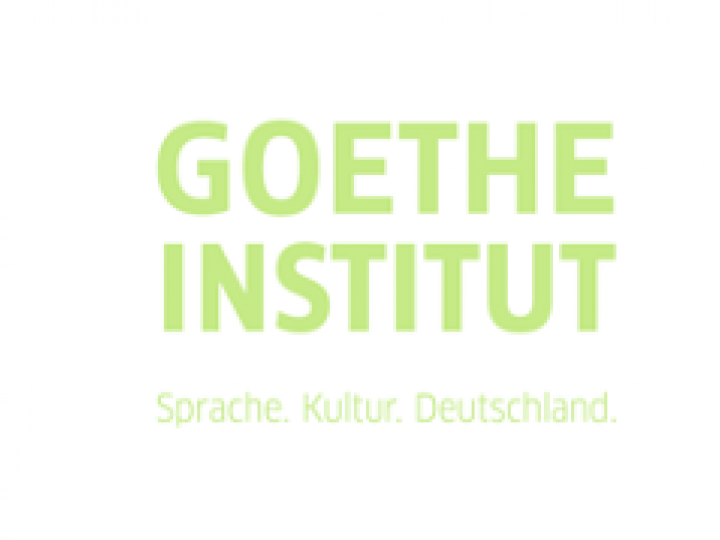
Thursday & Friday, 25 & 26 November 2021
“Het begin van het einde van het kunstmuseum”
Edo Dijksterhuis, Het Parool, 3 September 2021
“Vragen stellen, ook schurende, houdt kunst levend”
Toef Jaeger, NRC, 6 September 2021
“…it is also an urgent attempt to tell new stories about art from the past; to break free from the persuasive grip of art history; and to bridge colonial divides (art history/anthropology, art museum/ethnographic museum). All of which are necessary if museums wish to be relevant or inclusive. Het Parool stated that this exhibition marks the “beginning of the end of the art museum”. To me, it shows the possibility of a liberated one.”
Hannah Vollam, Metropolis M, 5 oktober 2021
“De tentoonstelling is een oefening in kijken en spreken.”’
Roos van der Lint, De Groene Amsterdammer, 14 oktober 2021
In early September 2021, the exhibition Kirchner and Nolde: Expressionism. Colonialism opened at the Stedelijk Museum, Amsterdam. The exhibition examines Kirchner and Nolde's artworks within the context of the colonial reality in which they were produced. The reviews that followed—whether critical or laudatory—almost all expressed surprise or discomfort, and always thoughtfulness. These reactions underscore what have now become quite common, yet unresolved, concerns that have surfaced in comparable contexts: What is the difference between art (history) and ethnography, with reference to both the approaches adopted by museums and the way in which visitors contemplate the works? Why are distinctions still made between art and ethnography? How does an exhibition on Kirchner and Nolde reveal that so many of our standards of beauty derive from racialized practices of looking? At whose expense do we educate our visitors in this regard? Is it our role to educate visitors? To whom do we refer when we utter the term 'visitor', or the pronoun ‘we’? And, if ‘we’ are all implicated in colonialism, as Michael Rothberg has stated, how can we as museums create a space for audiences whose experiences of colonialism differ so radically from one another?[1]
To situate Kirchner and Nolde’s works within the historical contexts that informed their creation is to take a critical position towards these works, but also towards these contexts. To think Kirchner and Nolde alongside present-day debates is to declare that colonialism should play a crucial role in contemporary conversations about expressionism. At some level, the exhibit about Kirchner and Nolde asks the public to rethink not only how ‘we’ narrate history, but also how ‘we’ visually give life to that history. The question of how we narrate history also invites an interrogation of how the art museum or the ethnographic museum is mobilized when society narrates itself to a public sphere. In short, must art remain ahistorical? Are aesthetics really outside the realm of how we narrate our pasts? If, as Lewis R. Gordon asserts,[2] aesthetics is about determining what is valuable to a given society, then what kinds of values have been attributed to the collections deemed appropriate for the art, ethnographic, and/or world museum/s?
Some questions the symposium might consider are:
- While the debate is far from new, what do recent exhibitions about Gauguin and Laval (Van Gogh Museum, 2018-19) and Kirchner and Nolde offer in terms of rethinking the disciplinary histories that have shaped the collections and the museums that house them? Which approaches have, and can, museums develop to remediate the legacies of such difficult histories?
- While experts have heatedly debated which role each type of museum should play in society,[3] how does the relationship between art (history) and ethnography still function as a smoke screen that obfuscates the ways in which aesthetics[4] deeply informs and even justifies the violence of colonial histories and their aftermaths? Why not instead rethink our collections and their art and/or objects[5] as existing between and among the formal, the historical, the social, the technological, and the cultural?
- More daringly, is there perhaps a broader—and even more difficult question—to ask about the very role that museums play in society? Across different museums in recent years, there seems to be a struggle to think about how we approach the past. Should we judge Kirchner and Nolde based on acceptable social practices of their time? Should we consider them based on today’s principles of acceptable behavior? How might seeing history from various critical standpoints allow us to open up our society to more capacious ways of imagining itself?
- In the past, the most powerful stakeholders of a society deployed the museum to fulfil a sense of national pride or to confirm particular histories that the society had come to understand as given. Why, even when more recent scholarship suggests otherwise, does our national narrative hold on to what have increasingly become outdated justifications of conventional versions of history?
- Are our societies poised to pay lip service to the question of the decolonial? That is, while our societies engage openly with the demand to decolonize, are they perhaps fearful of what comes after they despoil normative national narratives for self-confirmation or titillation? If Gordon understands whiteness as the fear of becoming irrelevant, then are more mainstream stakeholders perhaps both excited and terrified by what comes next, what comes when our societies truly frontally face the aggression of the colonial-modernist project?[6]
- What does it mean to take into account the historical circumstances that allowed Nolde to travel to what was then German Papua New Guinea (1913-14)? How do recent exhibitions about art from Oceania, German colonialism and the interconnectedness of art and colonialism afford new readings of Nolde’s works as well as of artworks from Papua New Guinean artists of the period?[7]
- How can we more deliberately think about ways in which ethnographic, world culture and contemporary art museums have thought and might continue to think alongside each other, borrow from one another’s collections and methodologies, and work together?
- How might we develop curatorial strategies that do not reproduce the very violence that we are trying to address, and how can differently positioned visitors—with their multiple different reactions to the exhibit—help us to put these strategies into action?
[1] For more on Rothberg’s notion of implicated subject see talk description and recording.
[2] Lewis R. Gordon. “Black Aesthetics, Black Value.” Public Culture (2018) 30 (1): 19–34. If you would like to read Gordon’s piece, please email Alessandra.Benedicty@wereldculturen.nl
[3] Of course, the question is not a new one and has been taken up by many including most recently Souleymane Bachir Diagne. Diagne studies Léopold Sédar Senghor’s work in the book African Art As Philosophy: Senghor, Bergson and the Idea of Négritude (2011), in the RCMC Thinking With talk. It can be accessed here. Diagne’s work in turn inspired the IncarNations: African Art As Philosophy exhibit and book (Bozar, Brussels, 2019), curated by Kendell Geers.
[4] For Gordon, aesthetics refers to what a given society deems valuable, less valuable, and even invaluable.
[5] Instead of ‘objects,’ Souleymane Bachir Diagne also uses the term “intersubjective matrixes.”
[6] Gordon, 30.
[7] Recent exhibits about Oceania include: Oceania/Océanie first at the Royal Academy of Arts (London, 2018); then exhibited at the Quai Branly (Paris, 2019); Oceanië, een Zee van Eilanden at the Museum Volkenkunde (Leiden, 2020). We might also take into consideration Nolde & National-Socialism (Hamburger Bahnhof – Museum für Gegenward, Berlin, 2019); The Blind Spot. Art in Bremen during the Colonial Period, Kunsthalle Bremen (2017); and Deutscher Kolonialismus. Fragmente seiner Geschichte und Gegenwart (Deutsches Historisches Museum, Berlin, 2017). Forthcoming is the exhibit “Lines. Australian Aboriginal Painting: Tradition and Contemporaneity” (in Catalàn: “Traços. Pintura aborigen australiana: tradició i contemporaneïtat,” Museu Etnològico y de Culturas del Món, December 18, 2021 – January 15, 2022).

















